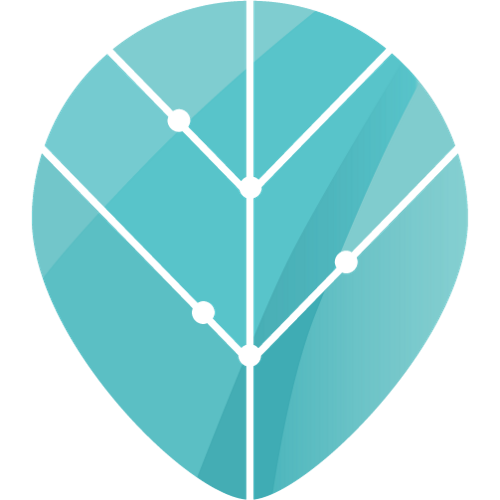The last decade has seen a shift from output-driven workplaces to productivity-driven ones. What’s the difference? In simple terms, productivity is the ‘rate’ of efficiency, while output is concerned with the total value created, when that efficiency is multiplied by the total hours of work put in by a person or team. You work longer, you produce more value…right?
Wrong. The trouble is, fixed work hours are a relic of the 20th century factory system, where eight-hour shifts were the norm. But today, technology and automation are changing the way we work. There is also greater focus on employee stress, burnout and lifestyle diseases, all of which are linked to people working longer and harder—sadly, without necessarily getting more done in that time.
In a 2018 survey by the Workforce Institute of Kronos, around half of the 3000 employees surveyed said they work only 5 hours per day. The rest of their time was spent on tasks like attending unnecessary meetings, on emails, coffee breaks or conversations with colleagues. These interruptions can seriously affect productivity. A study by the University of California Irvine says that on average, people take over 23 minutes to get back to a task after being interrupted—besides feeling more stressed in the process. In an age where we are surrounded by things that go ‘ping’ every few minutes, this can be a problem indeed.
Focusing on clock in-clock out times is simply unnecessary in many sectors today. Organisations have a wide range of productivity-enhancement tools available to them: flexiwork, telecommuting, contract or ‘gig’ workers, and the use of virtual collaboration tools. Using these wisely not only helps them maintain output, but also helps keeps business costs lower. And as far as we know, none of the major firms that implemented these productivity measures have rolled them back—a sign that they do improve workplace output.
The focus on productivity has also spurred conversations around what’s being called the next big revolution in the world of work: the idea of four-day work weeks. The debate got a burst of oxygen recently when Finnish Prime Minister Sanna Marin was misquoted as saying that the country planned to introduce 4-day weeks. While her government issued a clarification about that soon after, others have tried out the concept with surprising success.
Microsoft Japan recently tried out a four-day week, and reportedly saw productivity jump 40%. Employees took 25% less time off, and business expenses also fell over the duration of the experiment. A similar experiment was undertaken by a law firm in New Zealand, which allowed employees to work four days a week for 8 weeks in early 2018, and experienced higher productivity and lower work stress levels.
Similar policies to reduce working hours (in a regular week) have also been proposed or experimented with elsewhere. During the recent UK elections, Opposition leader Jeremy Corbyn’s manifesto mentioned a 32-hour work week—even less than France’s mandatory 35 hour/week limit. A 2017 experiment allowing nurses in the Swedish municipal region of Gothenburg to work 6 hours a day also reported increases in their energy levels.
While the debates around reduced working hours (and their applicability to different industries) will go on, some things are quite clear:
- Established parameters of output, such as traditional work hours, are not necessarily unchallengeable notions,
- Prioritising performance and productivity is important in the modern workplace,
- A person’s productivity flows and ebbs; not everyone is likely to be equally productive for eight hours straight. Productivity, therefore, needs to be managed.
Fortunately, managing your productivity is not as difficult as you think. There are ways to prioritise tasks and eliminate distractions, and get into a state of ‘flow’ (a phrase first used by psychologist Mihàly Csìkszentmihàlyi in 1975). In a nutshell, when you’re in a state of flow, your productivity peaks, you lose track of time, and feel less fatigued.
So how do you get there? The Pareto Principle says 20% of your tasks will create 80% of the value. This makes it most important to focus on the 20% high-value tasks, because those will create the biggest difference. We leave you with some microsteps that can help you identify and tune out things that hamper with your flow, while focusing on the things that really matter. Here they are:
Plan ahead: Every morning, write down your priorities for the day, and use that as your guide.
Take regular, short breaks: One way is the Pomodoro technique, where you split your work into 25-minute sprints, followed by 5 minute breaks. After every four tasks, take a longer break of 15-30 minutes, and then start all over again.
Do fewer things: Multitasking, or more accurately task switching, is not good for productivity. Focus on doing one thing at a time: one document, one email, one browser tab.
Set up time for email: Schedule time to read and respond to emails so that you’re not distracted every time someone else’s agenda for you lands in your inbox.
Wind up small tasks: If a priority item is likely to take less than 2 minutes, do that immediately rather than hold it for later.
Mind your environment: Once you’ve decided to devote your fill attention to something, keep your colleagues informed, retreat to a quiet place, keep digital interruptions at bay, and try and find your flow.
Stop when it’s time: Stick to the ‘end of work’ target you set for yourself, even if this means certain things are incomplete. You can always schedule them for next day. The key is to be fair to yourself and give your mind the rest it needs at the end of a challenging day.


